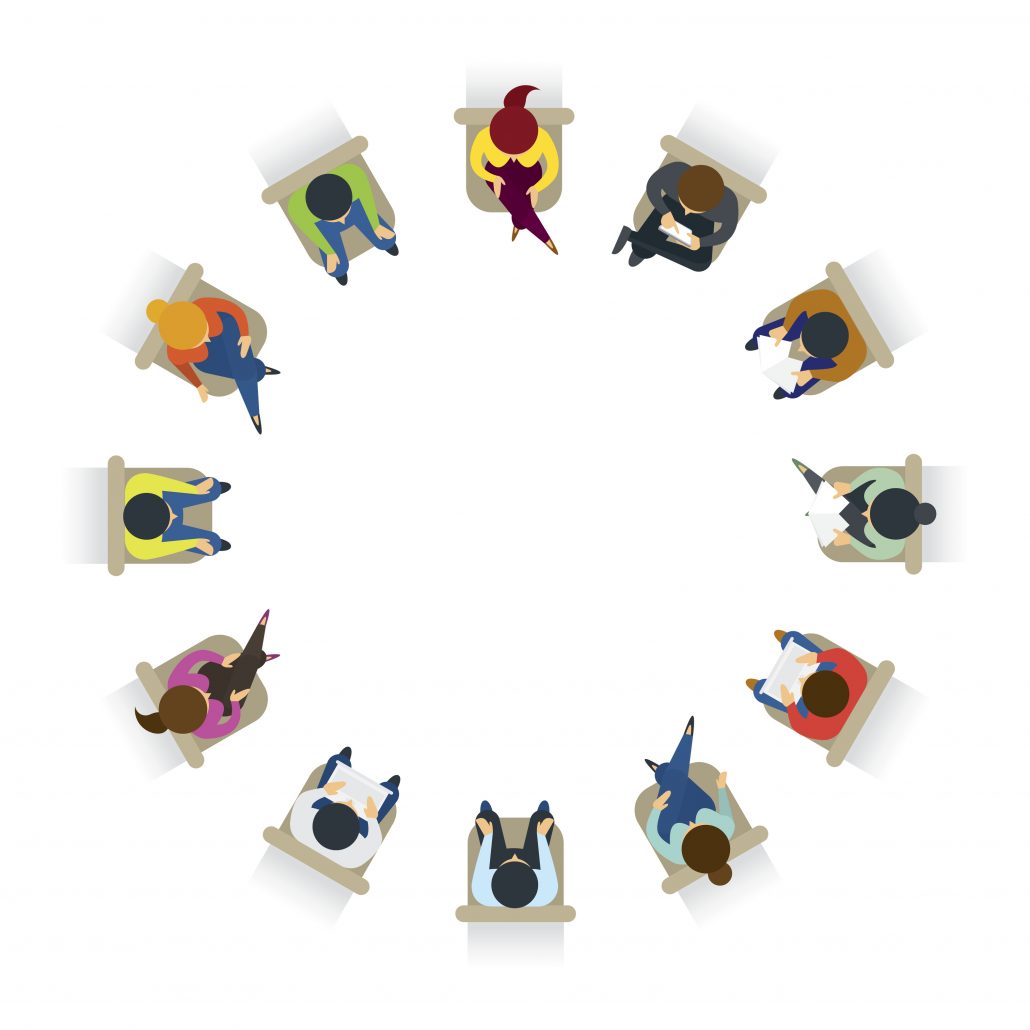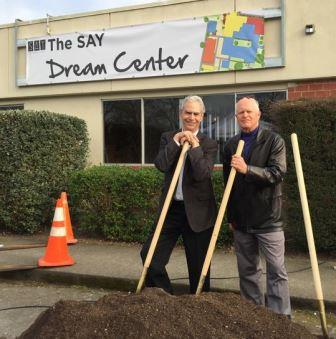Giving Circles – A Funding Source Often Overlooked by Nonprofits
 Contributed by Serena M. D’Arcy-Fisher and Michael Howe, PRG Associates
Contributed by Serena M. D’Arcy-Fisher and Michael Howe, PRG Associates
Today’s giving circles are built on traditions dating back over a hundred years, as mutual aid societies and other forms of giving in support of communities. In the United States, giving circles were initially composed of women; there are some indications that they are growing more diverse in terms of race, age and gender, but women continue to make up the majority of founders and members. The major feature of giving circles is that charitably minded individuals with limited funds can pool their funds with other donors and experience far greater impact.
According to a 2017 Collective Giving Research Group study, “Giving circles and other forms of collective giving (GCs) are changing the face of community philanthropy across the United States. From small groups of friends meeting over drinks to large organizations with their own nonprofit status and staff, GCs have grown significantly in visibility and popularity over the last 20+ years. Often started by donors, they are widely understood to be a highly flexible, democratic, do-it-yourself vehicle for giving, and previous research has illuminated the positive impact that participation has on the giving and civic engagement of donors. “Today, there are more than 1,600 giving circles and giving circle chapters in the U.S. …Since inception, it is estimated that giving circles have channeled an impressive $1.29 billion into communities.”
We feel it is important to note that the research only tapped a small pool of examples to examine diversity and the topic is one we’ll explore in more detail in a later blog. For now, suffice to say one giving circle that launched around 2006, as 100+ Women Who Care sparked the 100 Who Care Alliance in support of all the “various 100 Women Who Care, 100 Men Who Care, 100 People Who Care, 100 Businesses Who Care, and 100 Kids Who Care groups. There are currently more than 650 chapters making a huge impact in local communities throughout the world.”

1) How Do Giving Circles Work?
Currently Giving Circles bring philanthropically and socially minded individuals together to create a collective philanthropy. The organizing structures can vary. One example is where the donors in a giving circle collectively oversee both the collection of funds, decide on the funding goals and also the criteria for grantmaking to the distribution of funds. Another variation is where a supporting organization like a community foundation provides the support to giving circle donors. This support covers the collection of funds, the funding goals and criteria for grantmaking to the distribution of funds.
2) Interested in Finding a Giving Circle or Seeking Funds?
Start with an on-line search for Giving Circles, narrowing the search by selecting a specific state or county, or even a grantmaking focus. Check out the website of the giving circle you are interested in for details on how to join the circle, and/or their grant making process. Also check out your local community foundation’s website and then search for “giving circles,” or “committee-advised funds.”
Typically giving circles are their own independent/free-standing grant making foundations, as in the examples below. You can find more information on some of these organizations in the addendum. They are also linked to the organizations’ webpages.
- The Asian Americans/Pacific Islanders in Philanthropy (AAPIP)
- Horizons Foundation – Fueling the LGBT Movement in the San Francisco Bay Area
- 100 + Women Who Care has chapters throughout the U.S.
- Social Venture Partners creates partnerships with foundations throughout the world.
Contact your local Community Foundation. Community foundations are often helpful in establishing giving circles and frequently sponsor giving circles in support of their donor members’ philanthropic goals. Following are links to Bay Area Community Foundations.
- Community Foundation Sonoma County
- The East Bay Community Foundation
- Latino Community Foundation
- The Marin Community Foundation
- Napa Valley Community Foundation
- The San Francisco Foundation
- The Silicon Valley Community Foundation
Likewise, some regional associations of grant makers often incubate giving circles. As an example, the Forum of Regional Associations of Grantmakers conducted a national scan of giving circles and shared giving, then in 2005 produced Giving Together – A Guidebook to Giving Circles (PDF download) and in 2008, A Handbook for Giving Circles Hosts (PDF download).
3) What Do Giving Circles Fund?
Some giving circle members decide on the projects they wish to fund through a democratic voting system. Other circles may have been founded to support specific funding areas and priorities within these areas (e.g. universities, juvenile justice). Funding priorities can change from year to year or be a permanent focus of the giving circle.
Examples of Giving Circles
100 Women Charitable Foundation in Los Altos actively encourages women’s participation in philanthropy to make a viable difference in the local community. Purely volunteer, they distribute 100% of the funds raised to vetted nonprofits, relying on a grant evaluation process backed by a membership vote. Their stated areas of interest include nonprofits serving in the fields of Health and Wellness, Education and Family.
Mentioned above, the Latino Community Foundation’s giving circle network is comprised of 21 Giving Circles across the state of California with new ones emerging each year. A large number are located in the San Francisco Bay Area. Their guidelines are more stringent than some, with a required minimum yearly donation of $1,000 (or $85 monthly). Each Giving Circle collectively chooses its funding priority and where the funds will be allocated, with guidance from LCF staff working closely with each Giving Circle to identify Latino-led organizations that align with their identified priority areas of interest.
This is the first in a three-part series exploring giving circles. Be sure to sign-up on our mailing list so you’ll be the first to know when they post.

